from 0 review
13D/12N
Daily Tour
15 people
English, Hindi
Parang La Trek is one of the most ancient route that joins Ladakh valley, Spiti valley and Tibet valley. The route was actually called Falang La as per the story that a cow(known as Falang in local dialect) came all the way from Korzok to Kibber. Behind it, came people and discovered the route for the first time. The trek is long and demands lot of physical and mental endurance.
Note: If you are staying already in Manali, take a direct cab for Rumsu village (26 kms)
✔️Trekking shoes : Carry water proof trekking shoes with good grip and ankle support. Do not carry sports shoes.
✔️Three layers of warm clothes : Carry two or three-layer jackets, fleece jackets and a padded jacket.
✔️Two/Three trek pants : Carry light cotton trek pants. Denim/jeans and shorts are not suitable for trekking.
✔️Three t-shirts (collared/dri-fit) : Full sleeved t-shirts that prevent sun burns on the neck and arms. Carry one or two dri-fit t-shirts.
✔️Thermals : Carry thermals (top and bottom).
✔️Sunglasses : Sunglasses are mandatory. There will be lot of snow on the trek and can cause snow blindness.
✔️Cap : At high altitude, the sun is extra harsh so carry a cap to protect yourself.
✔️Water proof hand gloves : Carry water proof gloves and avoid woollen gloves as they will get wet if you touch snow.
✔️Socks (3-4 pairs) and a pair of woollen socks : Apart from two sports socks, you can take a pair of woollen socks for the night.
✔️Headlamp/LED torch : Mandatory
✔️Raincoat/Ponchos : At high altitudes, snowfall and rain are quite common and it’s mandatory to carry a poncho so that you don’t get wet. The trek will continue as planned even during rainfall.
✔️Lunch box and water bottle : Every participant should have their personal lunch box and a water bottle [insulated type].
✅ Accommodation (3 sharing tent)
✅ Meals (Breakfast, lunch, snacks, dinner)
✅ Rucksack (60L + rain cover)
✅ Camping charges (forest and camping permissions)
✅ Trekking equipment (High quality tent, sleeping bag etc)
✅ Gaiters (to protect your shoes from snow)
✅ Safety equipment (advance first-aid kit)
✅ Expert trek Leaders (certified trek and camp leaders)
✅ Expert Trek Support Team (cook, helpers etc)
✅ GST 5%
✅ Personal Insurance (via ASC 360)
❎ Transportation and food to and from the base camp
❎ Backpack offloading charges
❎ Any Personal Expenses
❎ Cost of Emergency
✔️Original and photocopy of government photo identity card- (Aadhar card)
✔️Medical Certificate (signed by a registered MBBS doctor)
✔️NOC form (signed by the participant)
click here to download medical certificate and NOC

All the participants will report at Rumsu base camp by 8 AM and will undergo registration process. Freshening up and breakfast will happen at the base camp. Post breakfast we will go for an acclimatization walk.
Lunch at 1 PM. Post lunch orientation. Orientation will cover all the general instructions that could be helpful for the trek like backpacking, marching technique and medical awareness. Post snacks we will have an ice breaking session.
Overnight stay at Rumsu base camp.
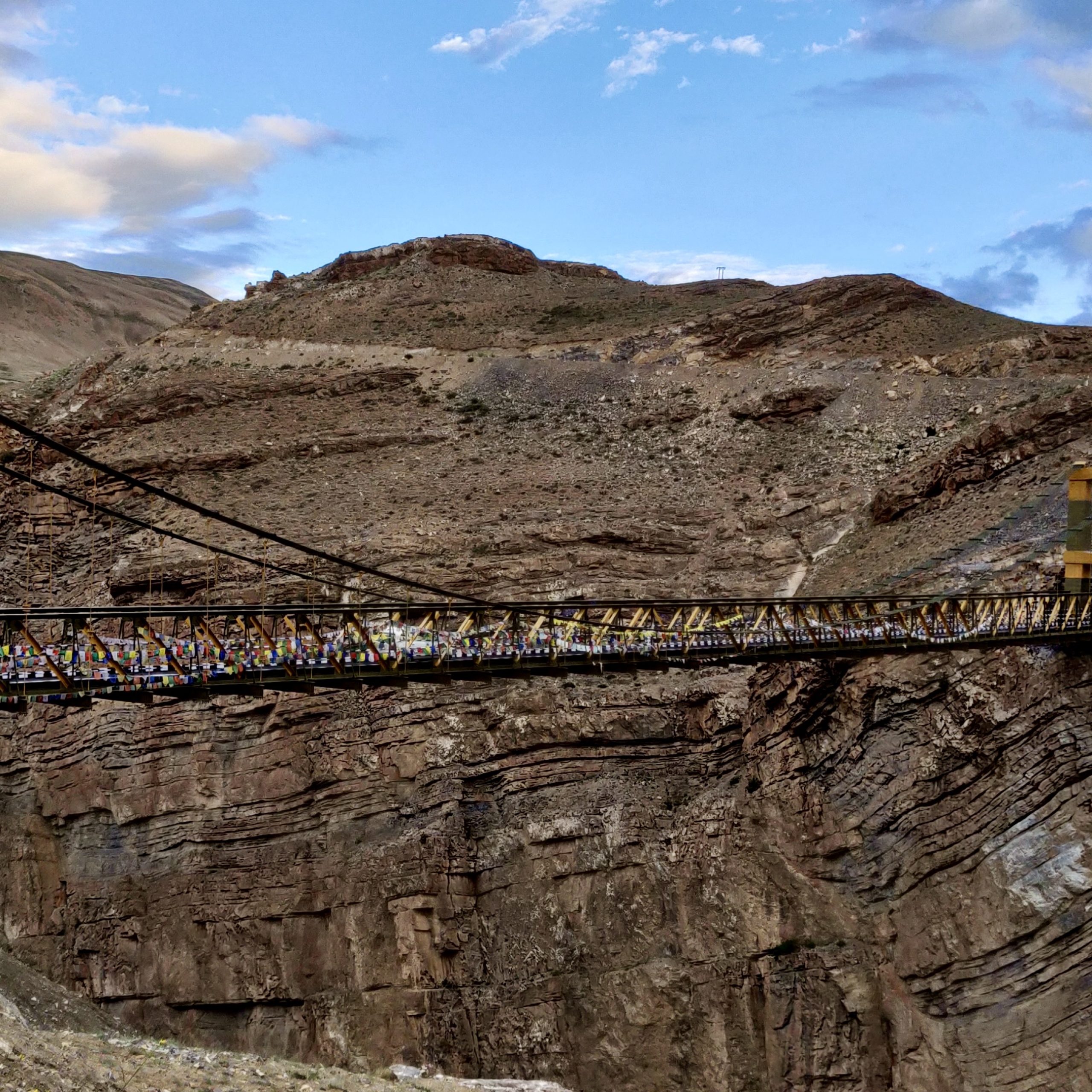
Start the day early with a jeep ride to Kaza via Rohtang Pass and Kunzum La. Overnight stay at Kaza.

Start the day with a jeep ride to Kibber. Visit Key Gompa Monastery on the way. Overnight stay in Kibber.
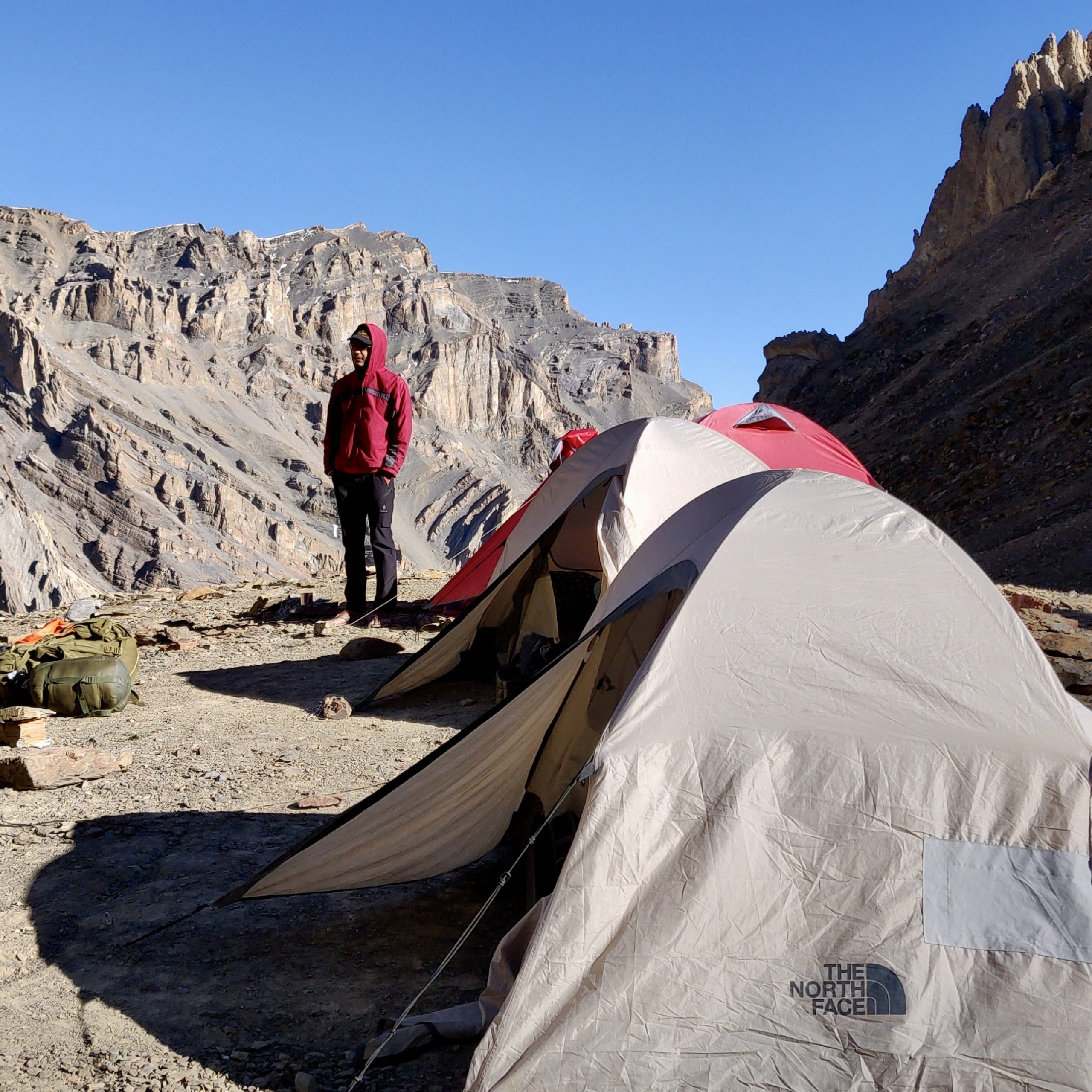
Reach Dumle, the last village of the trek via road. The trek from Dumle to Thaltak is a moderate climb and takes around 6 hours. Overnight at Thaltak.

Start the trek from Thaltak with a steep descent to Rong Nala. Cross Rong Nala and follow the steep climb towards Borochin, the base camp for Falang la. Overnight stay at Borochin campsite.
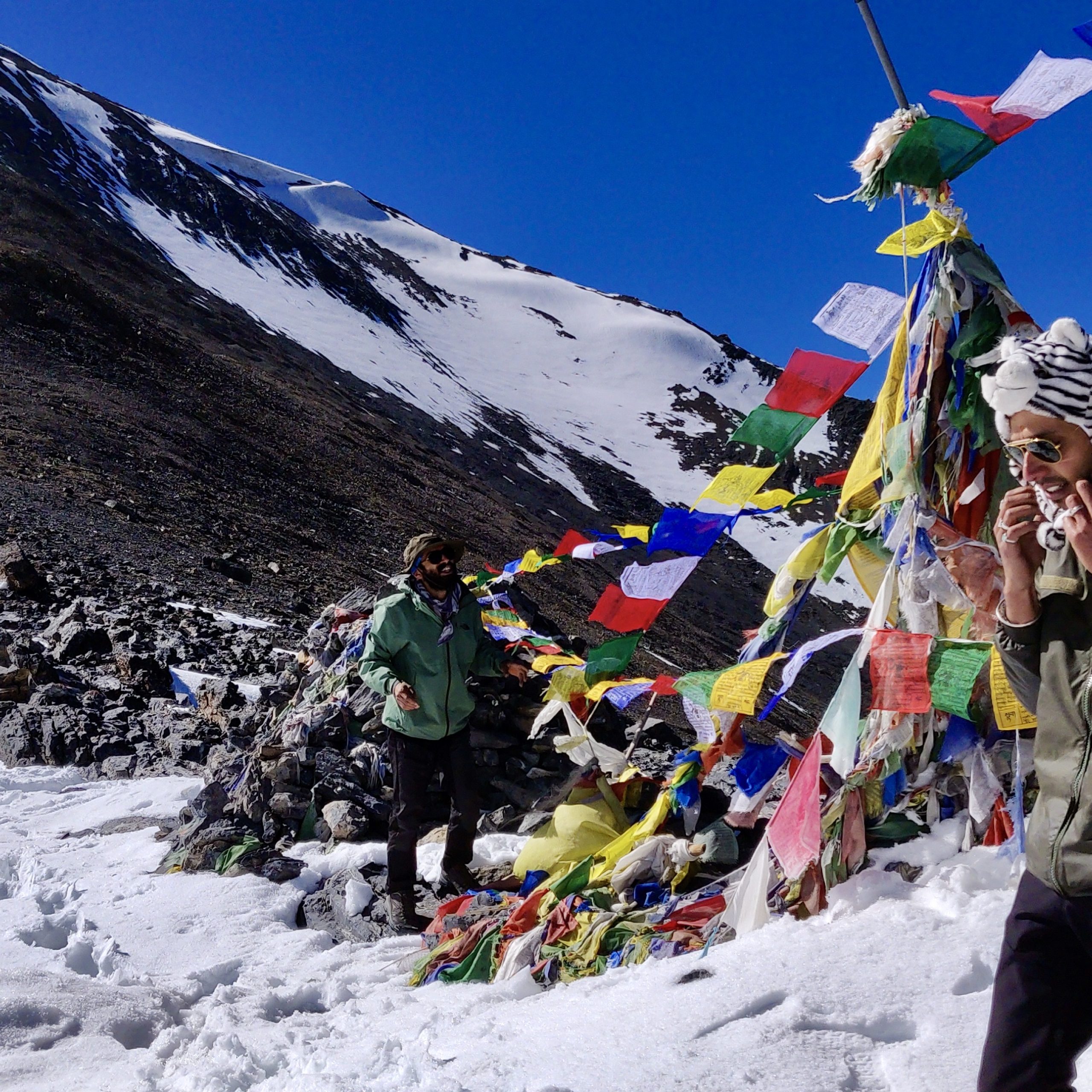
Start early from Borochin towards the pass. It takes around 4 hours to reach to the pass from Borochin and involves a moderate level climb. The Parang La at 5600 m is one of the highest passes in Western Himalayas and offers some grand views. Descend from the pass to Karsha Gonma, the start of Para Chu valley. Overnight stay at Karhsha Gonma.
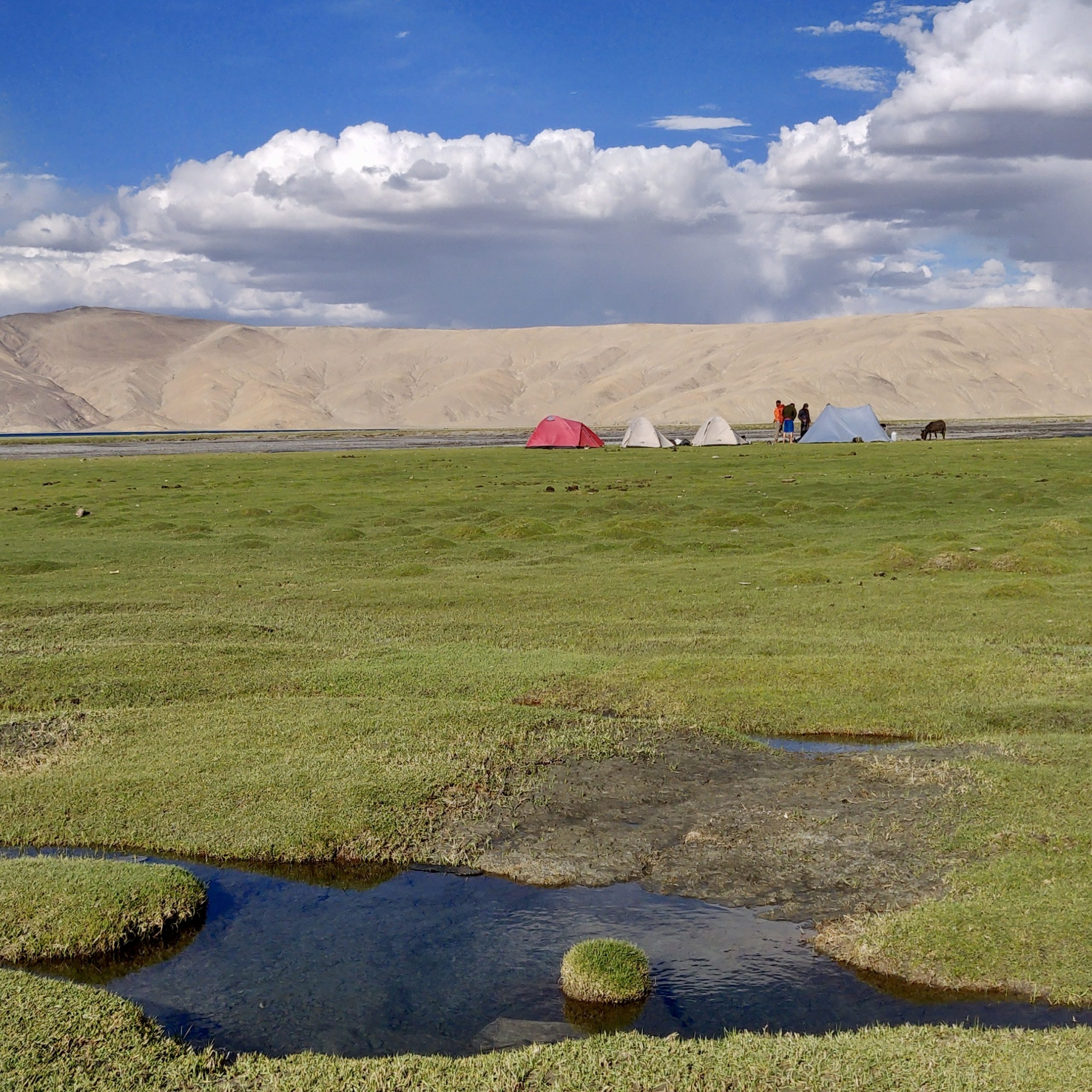
The trek now becomes easy after the strenuous pass-. The only challenge is a stream crossing before reaching the campsite. Overnight stay at Umna.
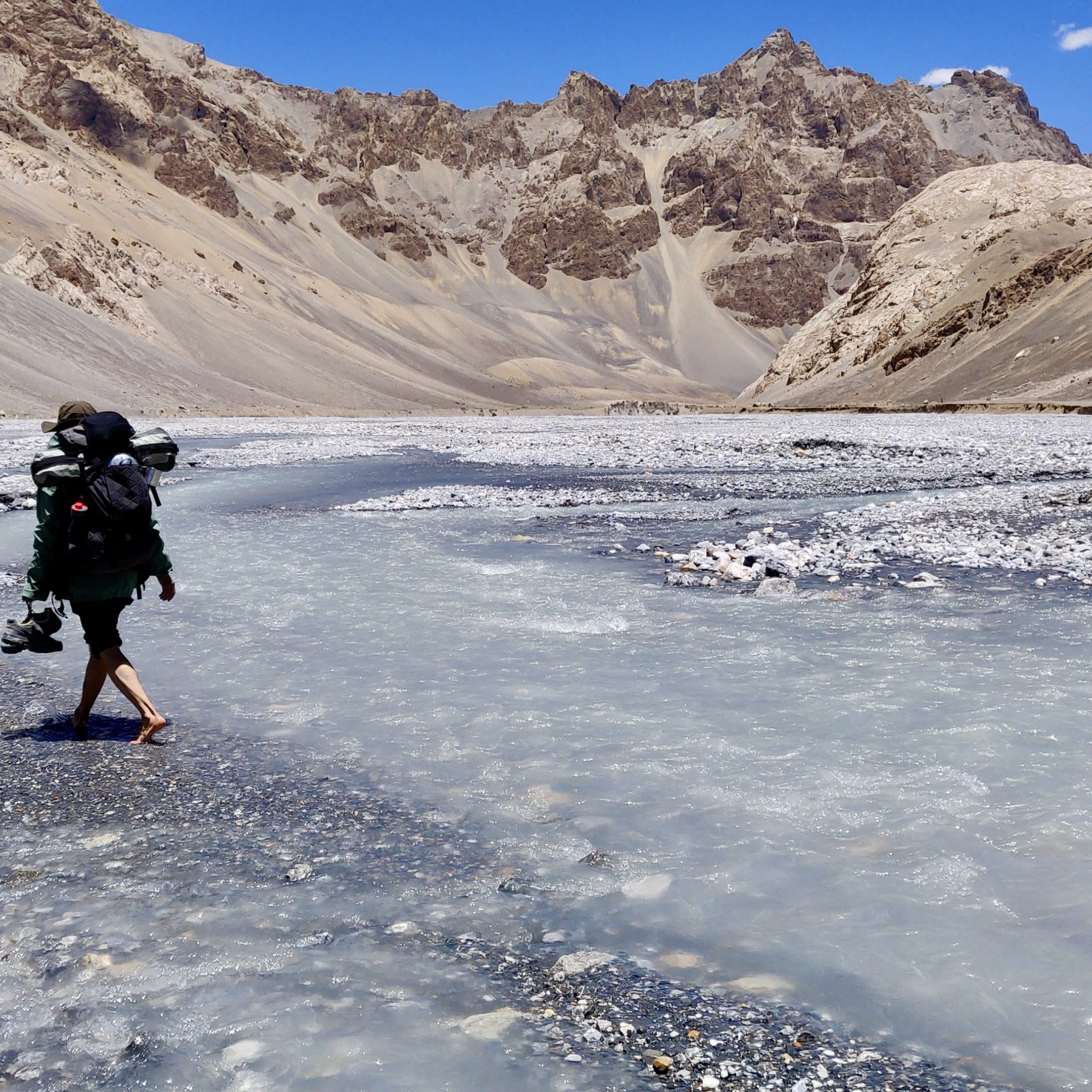
The trek is easy and involves an easy walk on the right bank of Para Chu river. Overnight stay at Rachu Lamo.
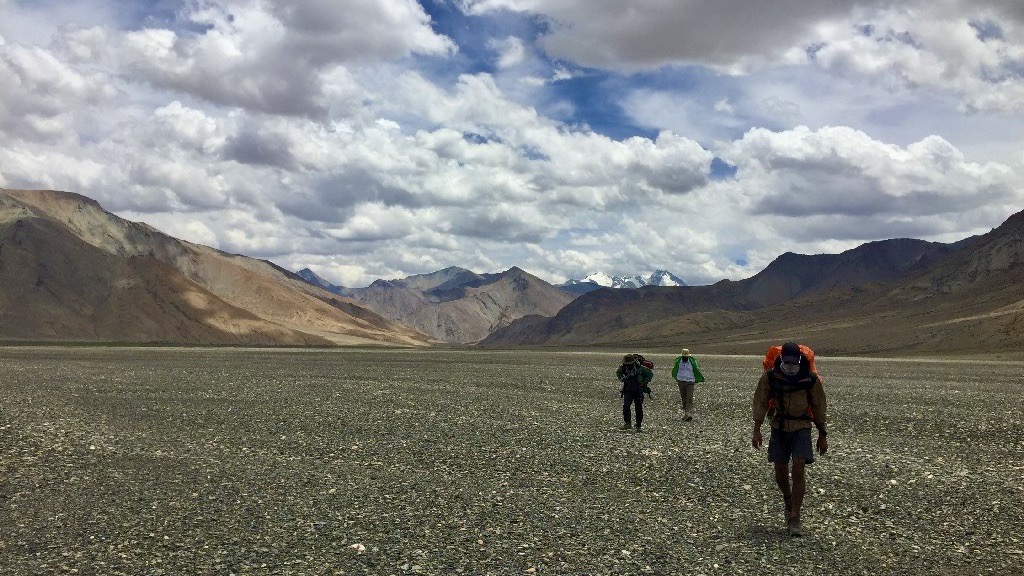
The trail continues on the right bank of the Para Chu river. After 3 hours of descend along the Para Chu valley, leave the river on its way to Tibet valley by crossing it and enter into the Ladakh valley via Norbu Sumdo. Overnight stay at Chhumik Shirde.

The trek continues on the vast flat ground of the Changthang plateau with some spectacular views along the way. Camp at Kyangdom, the southern most part of Tso Morriri Lake.

Walking through the Para Chu valley, the valley suddenly opens up and the landscape turns greener as one approaches the lake. The valley is famous for the wild life mainly comprising of Kyang (wild ass), marmut, black wolf, black necked crane, red duck, sea gull. Camp midway on the lake’s banks on the way to Karzok.

Walk along the lake right up to the Karzok village. The day might seem never-ending, because though Karzok looks near enough, it takes 8 hours to finally reach the campsite. But the walk is worth it with all the flora and fauna that one gets to see.
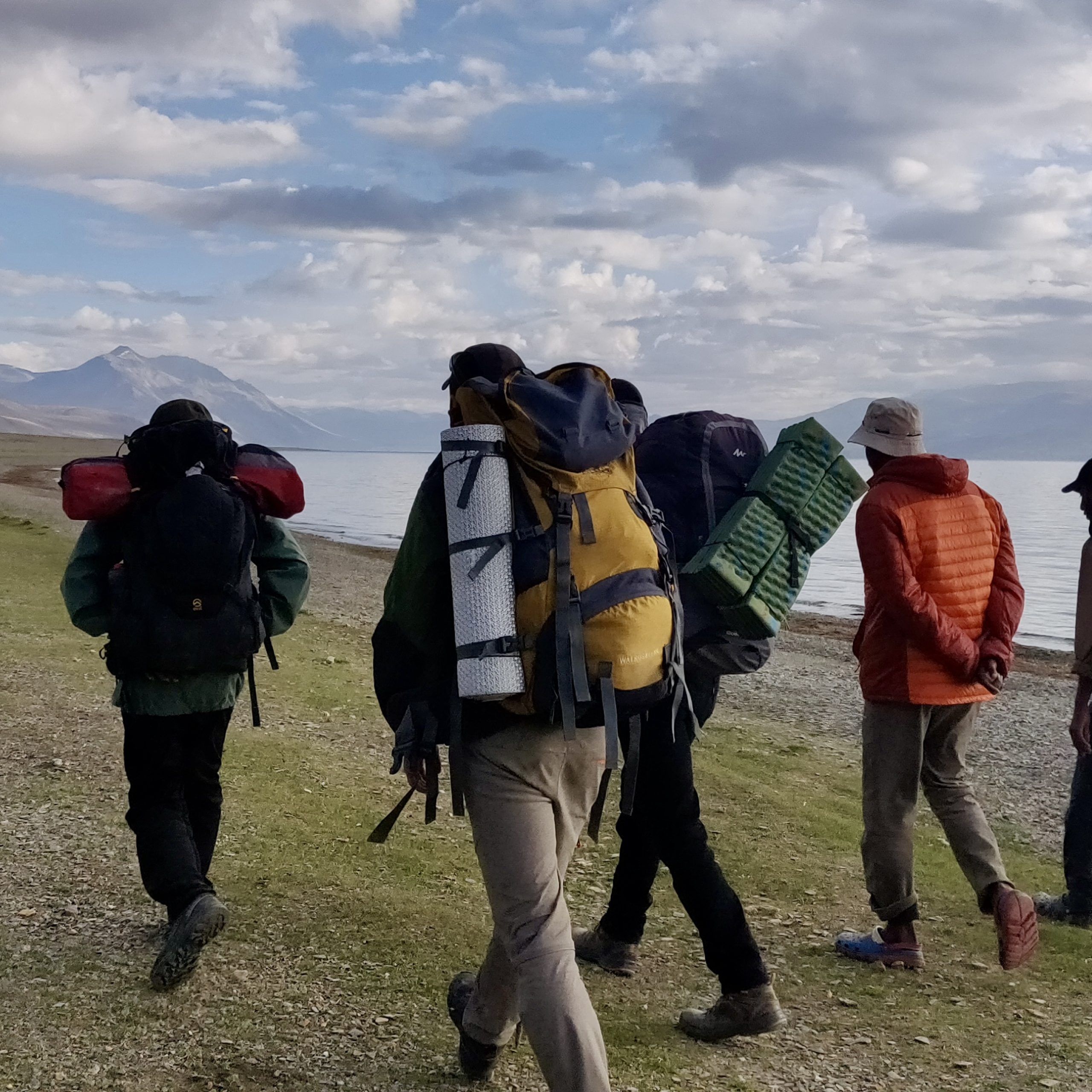
Ride to Leh and departure.
Parang La Trek is a difficult level trek and is recommended for experienced trekkers. One should have a minimum of two Himalayan Trekking experiences to participate for it.
Parang La takes minimum of 13 days for just the trek. Keep away extra to explore Let in the end.
The best time for the trek is August and September month.
At 18,370 feet, this place is mostly ventured by shepherds and a handful of trekkers. With moderate climb followed by steep uphill trek accounts for the most incredible journey during the whole trek.
The average temperature in the daytime will be 12°C to 18°C and in night it could be 0°C to 4°C.
One must bring enough pair of clothes and best-quality trekking boots (Water proof) to cover the whole trek carefully and does not face any difficulties due to cold.
Preparing yourself well before coming for and Himalayan trek is really important. Parang La is a difficult trek and requires prime level of fitness.
Basic physical fitness you can achieve by routinely doing a 20-30 min cardio exercises like running, skipping, crunches, squats. Work on your calf muscles, knees and thighs.
Apart from basic physical fitness you need to be properly acclimatized before starting the trek so keep you body well hydrated and rest enough after reaching the base camp.
There is no mobile connectivity in the trek except for the first day in Manali.